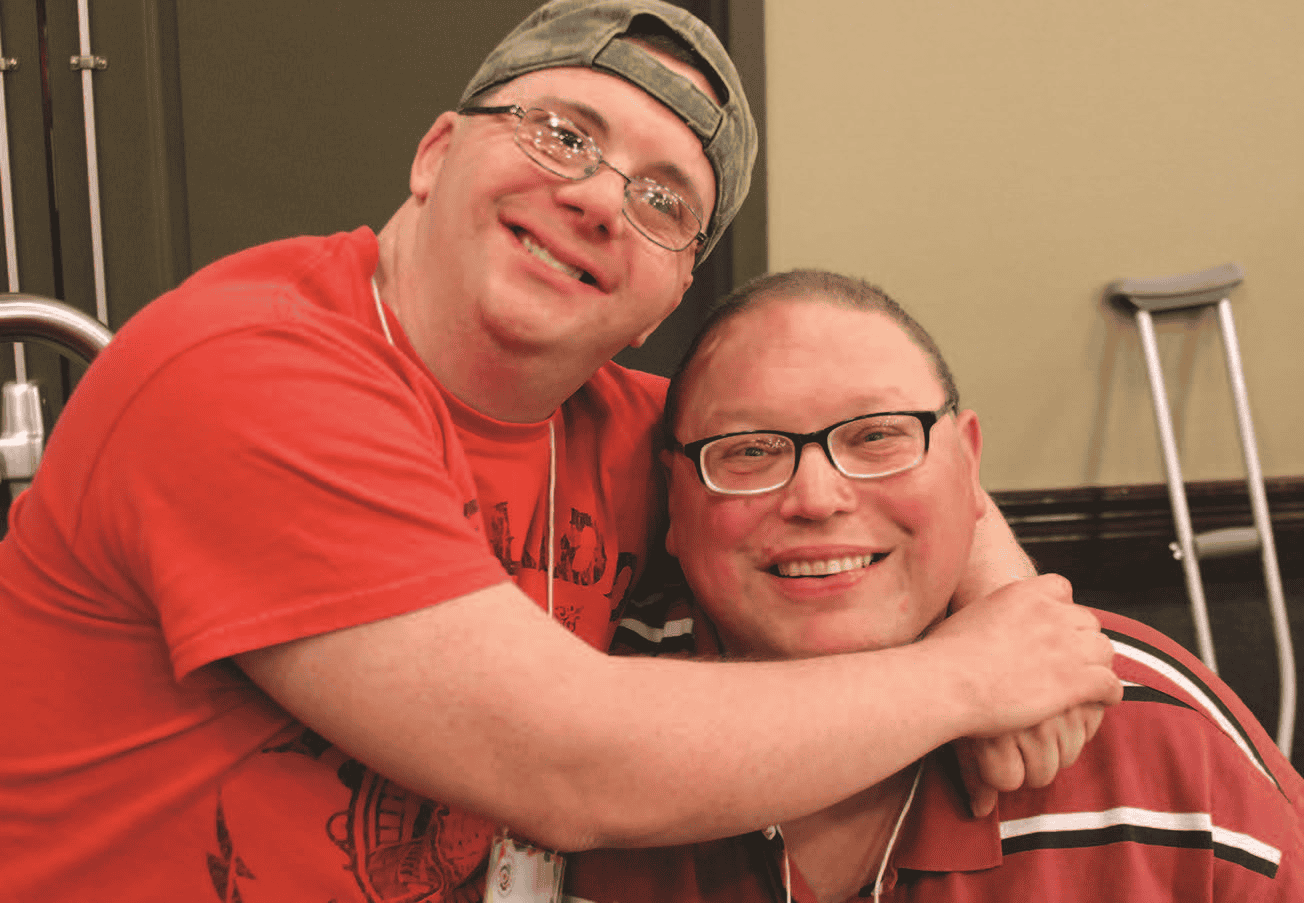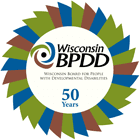Improving Abuse and Neglect Response:
Individuals
Why Improving Abuse and Neglect Response Matters to Individuals
People with disabilities experience higher rates of domestic violence, sexual assault, and abuse. Violence, assault, and abuse against people with disabilities can often look different than other kinds of abuse or domestic violence. Here are
some examples:
• Physical Abuse – Hitting, pushing, shoving
• Emotional Abuse – Calling you fat, ugly, the R-word. Saying things like
“nobody will ever want to be with you”, or posting photos or other items
that are hurtful to you
• Sexual Abuse – Touching body and private areas when you don’t want
to be touched
• Financial Abuse -Taking your money and using it for themselves
• Neglect –Leaving you alone when they are not supposed to leave; Not
addressing an unsafe home like not having heat, electricity, or running
water; Your needs are not being addressed, like bathing, bathroom,
getting dressed, eating, exercise.
Making sure that people with disabilities are safe from abuse and neglect needs to be a priority for states, service providers, families, and self-advocates. People with disabilities need to advocate for better ways to report problems, and to
be part of decisions about how things are done. When states have strong rules about stopping abuse and easy ways to report it, people with disabilities are safer and receive better services. When states focus on stopping abuse before it
happens and responding quickly when it does, fewer people with disabilities get hurt.
When people with disabilities have certain things in their lives, they are less likely to be hurt from abuse and neglect. People tend to be safer when they have:
• Friendships and relationships outside of paid staff
• Privacy in their homes
• Knowledge of their rights and how to exercise them
• Staff that is trained and not over-worked
• Support to make their own choices
• Participate in their community through activities, volunteering, and
jobs
In Wisconsin, the Living Well team worked with partner organizations and self-advocates groups to make reporting abuse and neglect better for people with disabilities. The project worked closely with People First Wisconsin, a statewide self-advocacy organization, to make sure that self-advocates had the skills they needed to be leaders, mentors and advocates across the state. The self-advocate leaders shared their experiences and knowledge with policymakers and legislators. They also trained people with disabilities about self-advocacy and rights. They worked to make the information on services to be in plain language.
People who understand and use their rights are:
2x more likely to have quality-of-life outcomes
2x more likely to have friends
3x more likely to be part of their community
3x more likely to be free of abuse and neglect
6x more likely to choose their own services
How Individuals Can Keep Themselves Safe from Abuse, Neglect and Exploitation
Learn the Signs: Know what abuse and neglect is so that you can know if
something that is happening to you isn’t right. This could be things like someone
hurting you, sudden changes in their behavior, or not getting the care you need.
Report: If something is happening, don’t be afraid to tell someone. Share it
with the right people so they can help and keep you safe. Before something
happens, learn who the right people to tell are.
Put You First: Pick services providers who care about you and ask you questions about your life and your goals. Choose providers that help you plan based on what you like and what’s good for you.
Check Policies: Ask your service providers about their rules for keeping you
safe. Make sure they have things in place to help you if you report that abuse or
neglect is happening to you.
Training: Find out what kind of training about abuse and neglect is available to the people that support you.
Make Your Own Choices: Talk to the people that support you about the alternatives to guardianship, like supported decision-making agreements.
Rights Education: Learn about your rights and how to exercise them. Make sure your family and the people that support you also know what your rights are and help you exercise them.
Advocate: Speak up to those in charge to push for better rules that keep you safe. Share your stories with people who make decisions so they can make changes to things that aren’t working.
Use Your Voice: Join advisory groups or boards where you can talk about your experiences. Your thoughts and stories can help make things better for everyone.
Get Involved: Find ways to get involved in your community. People who have community activities are safer.
Plain Language: Ask for information in a way that’s easy for you to understand. This could be simple words or in a way that you like, so you always know what’s happening.
Tools for Individuals
Safe and Free Series– The WI BPDD Living Well Safe and Free series is designed to help youth and adults learn about important topics and skills for self-advocacy, safety and independent living. The topics include Knowing Yourself, Knowing Your Community, Communication, Problem Solving, Rights, Voting, Safety at Home, Safety in the Community, Abuse Awareness and Relationships. Ask your provider if they are using the Safe and Free series and sign up for a class. Also, contact People First Wisconsin to see if they are teaching a class.
Let’s Talk About Rights Guides and Videos– Rights are things that people can have or do. People with disabilities should be allowed to have and do all the same things as people without disabilities. When people understand their rights, they have better lives. These guides and videos can help agency staff, guardians and people who receive support learn about rights. Ask your provider if they are using the WI BPDD Living Well Let’s Talk About Rights Guides and Videos.
Healthy, Safe and Connected Toolkit– People with disabilities need to be healthy, safe, and connected. This toolkit was developed by the Living Well Project team and self-advocates with People First Wisconsin. This toolkit can be used by agencies to give people ways they can be healthy, safe, and connected in their communities. It is written in plain language and has planning guides and worksheets. Ask you provider if they are using the Healthy, Safe and Connected Toolkit.
The Self-Determination Channel– This channel from WI BPDD is dedicated to sharing the voices of people with disabilities about making choices and speaking up for themselves. They celebrate successes and show that, through perseverance, anything is possible.
Elevatus Healthy Relationships and Sexuality– Learn about relationships and sexuality with this training program. Wisconsin has one provider, ODC, offering this training.
Find Help for Abuse and Neglect in Your Area–The National Adult Protective Services Association (NAPSA) works to strengthen the capacity of Adult Protective Services (APS) at the national, state, and local levels, so that people can recognize, report, and respond to the needs of elders and adults with disabilities who are the victims of abuse, neglect, or exploitation, and to prevent
such abuse whenever possible.
National Disability Rights Network– Every state has a Protection and Advocacy Organization that protected the rights of people with disabilities and focuses on abuse. neglect, and discrimination.
Long-Term Care Ombudsman Program– Ombudsman work to resolve issues related to the healthy, safety, welfare and rights of individuals. Wisconsin had two Ombudsman organizations: Disability Rights Wisconsin (serving people 18-59)
and the Board on Aging and Long-Term Care (BOLTAC) (serving people 60+).
Reflection Activity
Download the Reflection Activity to make your Improving Abuse and Neglect Response Action Plan!

Navigate the Blueprint
“I will stand up for myself and talk with my friends about being safe.”
– Participant in Safe
and Free Meeting
Real Lives. Real Connections.
“My loved one has the right to be safe and healthy.”
– Response to Abuse/Neglect Survey
Link to Report

